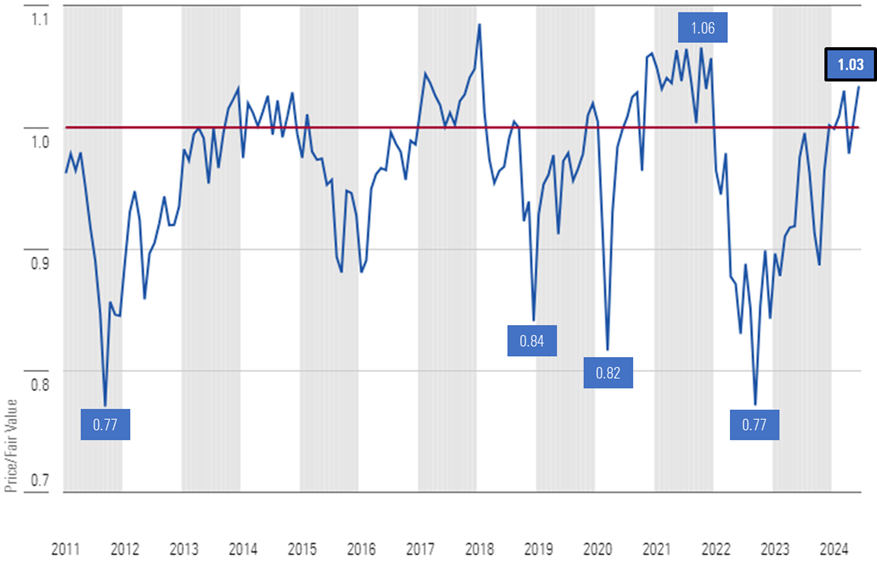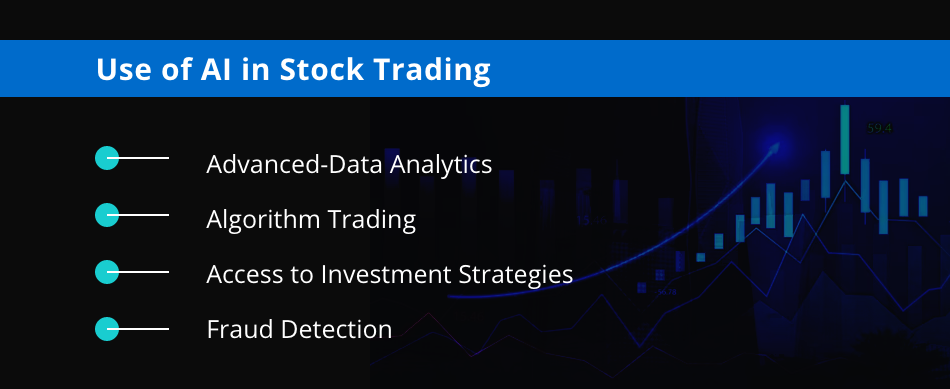20 New Reasons For Selecting AI Stock Trading Platform Sites
20 New Reasons For Selecting AI Stock Trading Platform Sites
Blog Article
Top 10 Ways To Assess Ai And Machine Learning Models For Ai Platform Analysis And Stock Prediction
Assessing the AI and machine learning (ML) models employed by trading and stock prediction platforms is crucial in order to ensure that they are accurate, reliable, and actionable insights. Poorly designed or overhyped models can result in faulty predictions and financial losses. Here are 10 of the most useful ways to evaluate the AI/ML models of these platforms.
1. Learn about the goal and methodology of this model
The goal must be determined. Determine whether the model has been designed to be used for long-term investment or for trading on a short-term basis.
Algorithm Transparency: Verify if the platform discloses what types of algorithms are employed (e.g. regression, decision trees neural networks and reinforcement-learning).
Customizability. Find out whether the model can be adapted to be modified according to your trading strategies, or the level of risk tolerance.
2. Evaluation of Performance Metrics for Models
Accuracy: Check the model's accuracy in predicting future events. But, don't just depend on this measurement since it can be inaccurate when applied to financial markets.
Recall and precision: Determine the accuracy of the model to detect real positives, e.g. correctly predicted price fluctuations.
Risk-adjusted returns: Assess whether the model's predictions result in profitable trades after accounting for the risk (e.g., Sharpe ratio, Sortino ratio).
3. Make sure you test the model using Backtesting
History of performance: The model is tested using historical data in order to evaluate its performance under the previous market conditions.
Tests with data that were not being used to train To prevent overfitting, try testing the model using data that was never previously used.
Scenario-based analysis: This entails testing the model's accuracy under different market conditions.
4. Check for Overfitting
Overfitting signs: Look out for models that perform exceptionally well with training data, but struggle with data that isn't seen.
Regularization techniques: Find out if the platform employs techniques such as L1/L2 normalization or dropout to prevent overfitting.
Cross-validation: Make sure that the platform is using cross-validation to determine the generalizability of the model.
5. Assess Feature Engineering
Find relevant features.
Select features with care: The platform should only contain data that is statistically significant and not irrelevant or redundant ones.
Dynamic feature updates: Verify that the model can be adapted to the latest features or market conditions over time.
6. Evaluate Model Explainability
Interpretability (clarity) Clarity (interpretation): Make sure to verify whether the model can explain its predictions clearly (e.g. value of SHAP or feature importance).
Black-box platforms: Be careful of platforms that use excessively complex models (e.g. neural networks deep) without explainingability tools.
User-friendly insights: Make sure that the platform offers actionable insights in a format that traders can understand and use.
7. Review the model Adaptability
Market changes: Determine whether the model can adjust to changing market conditions, for example economic shifts, black swans, and other.
Verify that your system is updating its model regularly with new information. This will improve the performance.
Feedback loops: Ensure that the platform incorporates real-world feedback from users and feedback from the user to enhance the system.
8. Examine for Bias or Fairness
Data bias: Make sure the training data is representative of the market and free of biases (e.g. excessive representation of specific areas or time frames).
Model bias - Check to see if your platform actively monitors the biases and reduces them within the model's predictions.
Fairness - Check that the model is not biased towards or against particular sector or stocks.
9. The computational efficiency of the Program
Speed: Find out the speed of your model. to make predictions in real-time or with minimal delay especially for high-frequency trading.
Scalability: Determine whether the platform has the capacity to handle large datasets with multiple users, and without any performance loss.
Resource usage: Make sure that the model has been designed to make optimal utilization of computational resources (e.g. GPU/TPU use).
10. Transparency and Accountability
Documentation of the model. Ensure you have detailed documents of the model's structure.
Third-party validation: Determine whether the model was independently validated or audited by a third party.
Error handling: Determine whether the platform is equipped to identify and rectify mistakes or errors in the model.
Bonus Tips
User reviews and cases studies User feedback is a great way to gain a better understanding of how the model performs in real world situations.
Trial period: You can use a free trial or demo to evaluate the model's predictions as well as its useability.
Customer support - Make sure that the platform you choose to use is able to provide robust support to solve the model or technical problems.
If you follow these guidelines, you can effectively assess the AI and ML models used by stocks prediction platforms, making sure they are accurate as well as transparent and in line with your trading goals. Take a look at the top rated a replacement about ai for investment for website advice including best ai trading software, best ai for trading, chatgpt copyright, investment ai, chart ai trading assistant, best ai trading app, ai for stock predictions, best ai trading software, stock ai, ai trade and more.
Top 10 Suggestions For Evaluating The Social And Community Features Of Ai Stock Trading Platforms
To know how users learn, interact, and share knowledge among themselves It is important to analyze the community- and social-features of AI trade and stock prediction platforms. These features can enhance the user experience by providing important assistance. Here are the top 10 tips for evaluating social and community features available on these platforms.
1. Active User Community
TIP: Find out if the platform has an active user base that is regularly engaged in discussion, shares information and offers feedback.
Why is that a vibrant community reflects a lively community in which users can grow and grow.
2. Discussion forums and boards
You can determine the credibility of the quality of a message board by looking at its activity levels.
Forums are a fantastic method for users to exchange thoughts, debate trends, and ask questions.
3. Social Media Integration
TIP: Determine if the platform integrates with social media platforms (e.g., Twitter, LinkedIn) for sharing insights and news.
Social media integration is a great way to boost engagement and give actual time market information.
4. User-generated content
Find features that allow you to create and share content. For instance, you can create blogs, articles, or trading strategies.
Why: Content created by users creates a community and gives a different view.
5. Expert Contributions
Find out if experts from the industry such as market analysts, or AI experts, have contributed.
Why? Expert opinions add depth and credibility to community discussions.
6. Chat in Real-Time, Chat in Real-Time and Chat in Real Time
Tip : Assess the available instant messaging and real-time chat options that allow users to talk in real time.
Why: Real-time communication facilitates rapid information exchange and collaboration.
7. Community Moderation and Support
Tip: Evaluate the level of support and moderating offered by the community.
Reason: Effective moderation helps to ensure a positive and respectful environment and support assists in resolving user concerns quickly.
8. Webinars and Events
Tip: Find out if there are any live events, webinars or Q&A sessions hosted by experts.
Why: These meetings provide a great opportunity to learn and meet directly with industry professionals.
9. User Reviews and Feedback
Tips - Search for features that allow users to leave feedback about the platform, its community and features.
The reason: Feedback from users helps identify strengths and improvement areas in the ecosystem.
10. Rewards and gaming
Tips: Make sure to check if there are gamification features (e.g. badges or leaderboards,), or rewards for participation.
Why: Gamification can motivate users to engage more deeply with the community and platform.
Bonus Tips on Security and Privacy
Make sure you use strong privacy measures and security when using the social and community features. This will safeguard your information and personal interactions.
If you take the time to thoroughly review these aspects, you can determine whether the AI software for stock predictions and trading provides a supportive and engaging community that can enhance your trading experience and knowledge. Follow the top rated ai tools for trading for site recommendations including stocks ai, best ai stock prediction, stocks ai, chart ai trading, best ai penny stocks, ai stock analysis, trading ai tool, ai share trading, ai options, best ai trading platform and more.